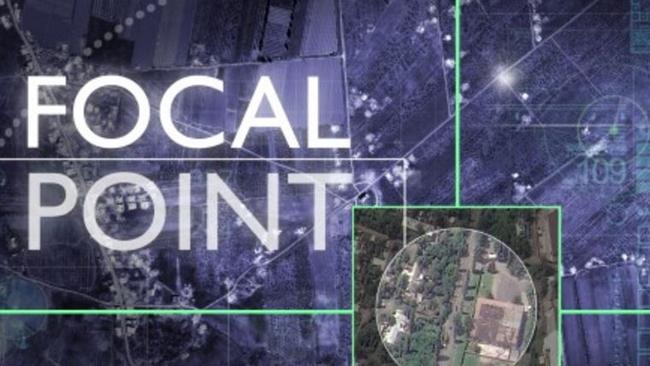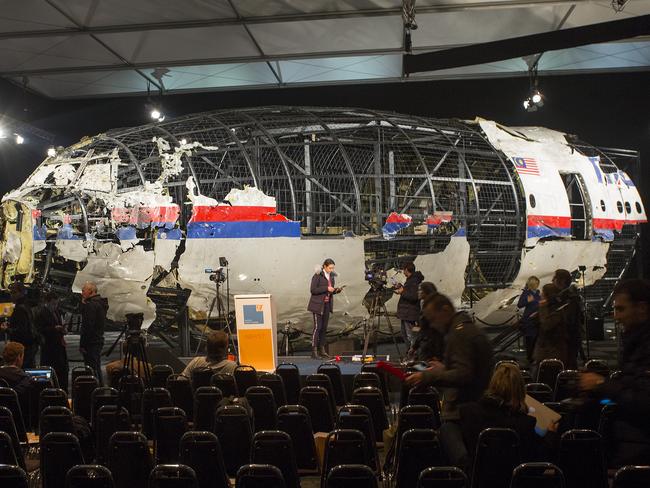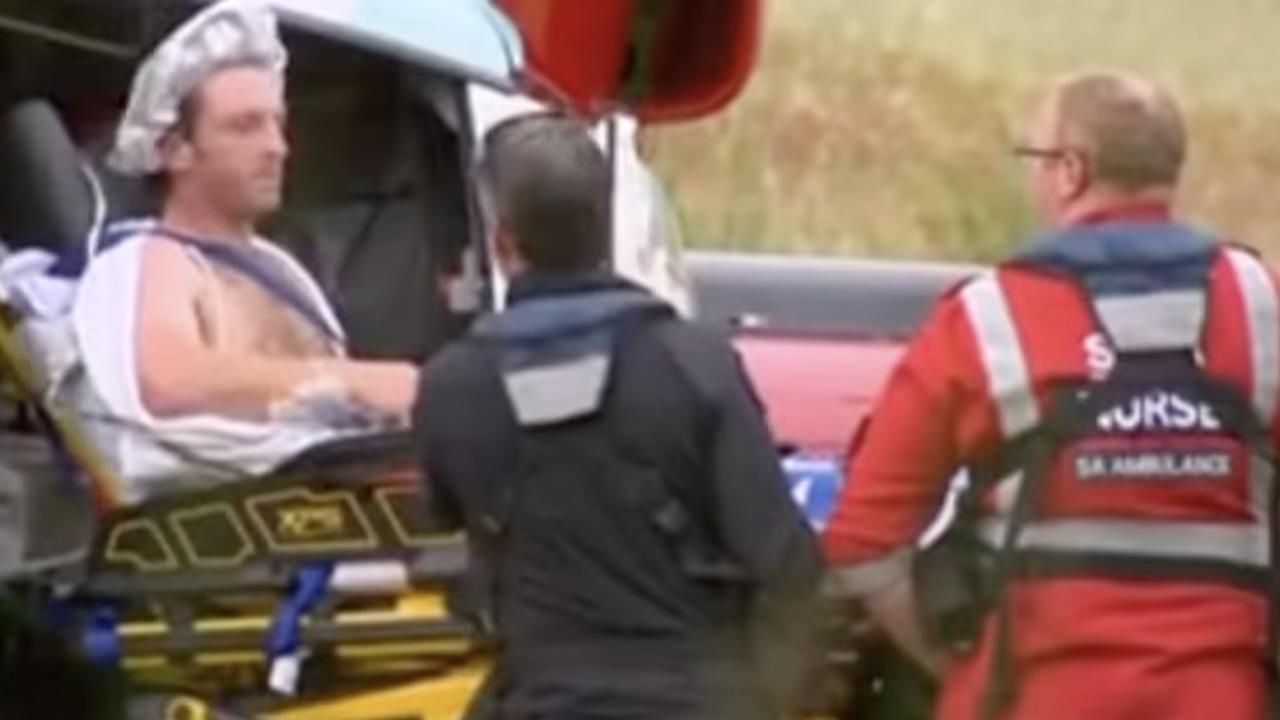MH17: The satellite images Russia doesn’t want us to see
DAMNING new satellite images appear to confirm exact details about the air defence system used to shoot down MH17 - and it’s bad news for Russia.

DAMNING new satellite images have been released which appear to confirm the exact time and location of the air defence system used in the downing of flight MH17 over eastern Ukraine.
The images, released by global intelligence agency Statfor with AllSource Analysis, were captured just hours before the jet was shot down with 298 people on board.
The imagery shows the Buk system near separatist-controlled Donetsk on July 17, 2014, and the satellite images do not look good for Russia with officials repeatedly claiming the Malaysian Airlines flight was shot down by a Ukrainian plane, and not one of their missiles.
However, last June the Russian maker of the Buk air defence missile system concluded that Malaysian Airlines flight 17 was downed by an older version of the missile, which isn’t in service with the Russian military but is in Ukrainian arsenals.

Controversy remains over who shot down the plane with both Ukraine and the West suspecting it was destroyed by a Russian surface-to-air missile fired by Russian soldiers or Russian-backed separatist rebels fighting in the area.
Russia has repeatedly denied this however experts say the revelation was the closest Moscow will come to admitting it was behind the crash.
In Stratfor’s Examining the Evidence of Russia’s Involvement in a Malaysia Airlines Crash report, the images shed fresh light on the July 2014 disaster.
According to its report compiled, satellite partner AllSource “was able to locate images that confirm the exact time and location of the air defence system on the day of the crash.”
While admitting the images do not definitively prove Russia was behind the disaster, Statfor said it does correlate with other evidence which has so far pointed the finger of blame at Moscow.
UK-based investigation project known as Bellingcat revealed a Russian-made BUK surface-to-air missile system was in eastern Ukraine on the day of the crash.
Many speculated it had originated from an anti-aircraft missile brigade based in Russia.
In May, a video also emerged which appeared to place the Buk system in question near separatist-controlled Donetsk on July 17, 2014.

AllSource then located the images to confirm the exact time and location of the air defence system on the day of the crash.
The images show the system mounted on top of a transloader being transported through the Donetsk town of Makiivka, Statfor reveal.
This was just five hours before the jet, which had 38 Australians on board, was shot down from the town of Snizhne, around 40km away.
“This aligns with the body of existing circumstantial evidence tracing the Buk system’s route to and from Snizhne,” Statfor’s report said.
“Combined, the evidence appears to show the Buk system moving from the Russian border toward Donetsk on July 15, 2014, and then moving back to the east on the afternoon of July 17, 2014, just hours before Flight MH17 was shot down.”
However the private-intelligence firm, which successfully predicted Europe’s inability to cope with the financial crisis and the US-jihadi war, stresses this does not prove this particular Buk system fired a missile at MH17.

WHO IS TO BLAME?
Rebels have denied possessing a functioning Buk missile launcher at the time MH17 was brought down, however Associated Press reporters say one was seen in separatist-controlled Snizhne just before the plane crashed.
British citizen journalist Eliot Higgins, who co-ordinated a crowdsourced international effort to investigate the disaster, said Moscow’s revelation over the missile marked a backdown by Russia.
“This is probably as close as we are going to get to Russia admitting that a Buk missile was used to shoot down MH17,” he said.
Ukrainian military spokesman Vladislav Seleznev was also quoted as saying that photos and video materials at the time documented the presence of a Buk on the rebel-held territory.
MH17 REPORT:
In October, the Dutch Safety Board as it released its report into the tragedy which definitively showed a Russian-made missile responsible was the crash.
The board assembled fragments of the jet and concluded that the Amsterdam to Kuala Lumpur Boeing 777 was hit by a Russian-made Buk missile, with the warhead exploding just outside the cockpit.
The report did not explicitly say who was behind the tragedy, however many countries including Australia, accused pro-Russian separatist rebels of firing the missile.
Investigators ruled out other potential causes instead finding traces of paint on the MH17 structure which enabled to investigators to identify the Buk missile and its origins.




